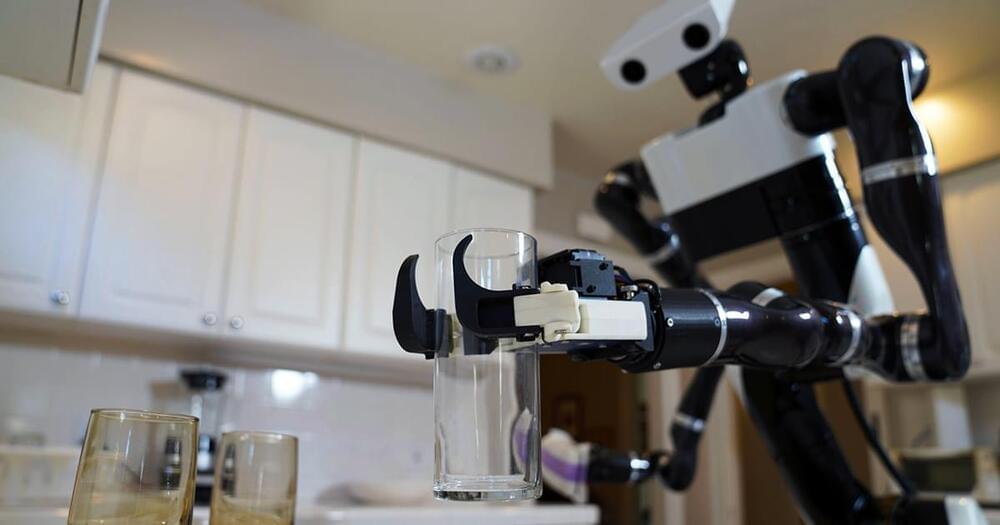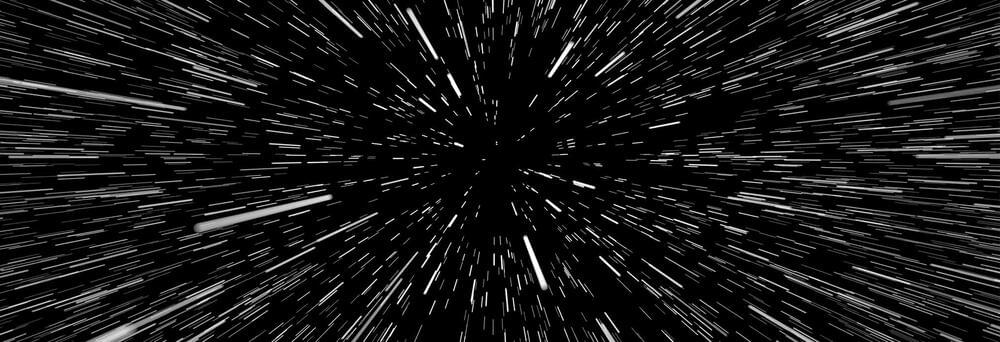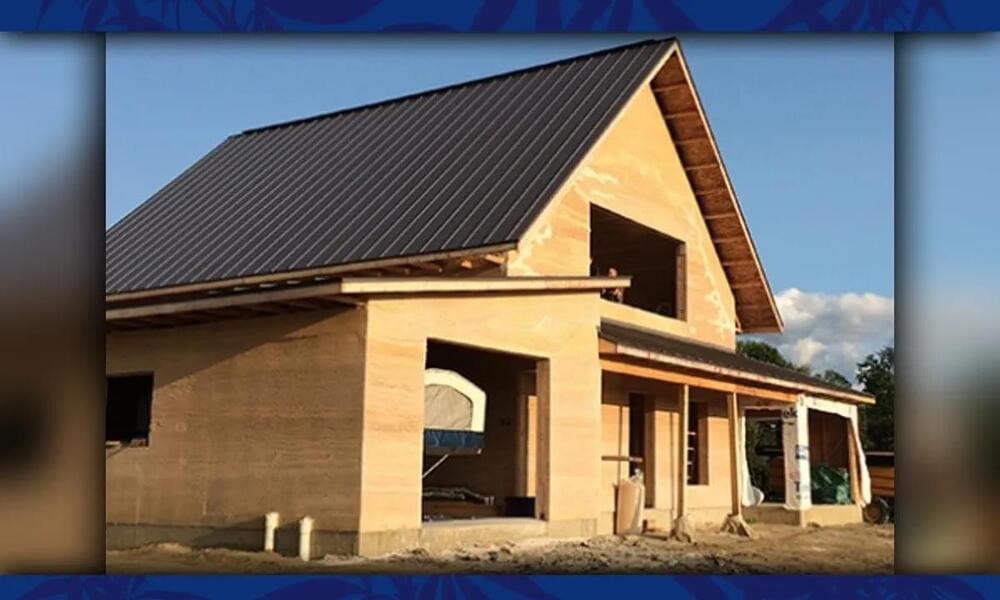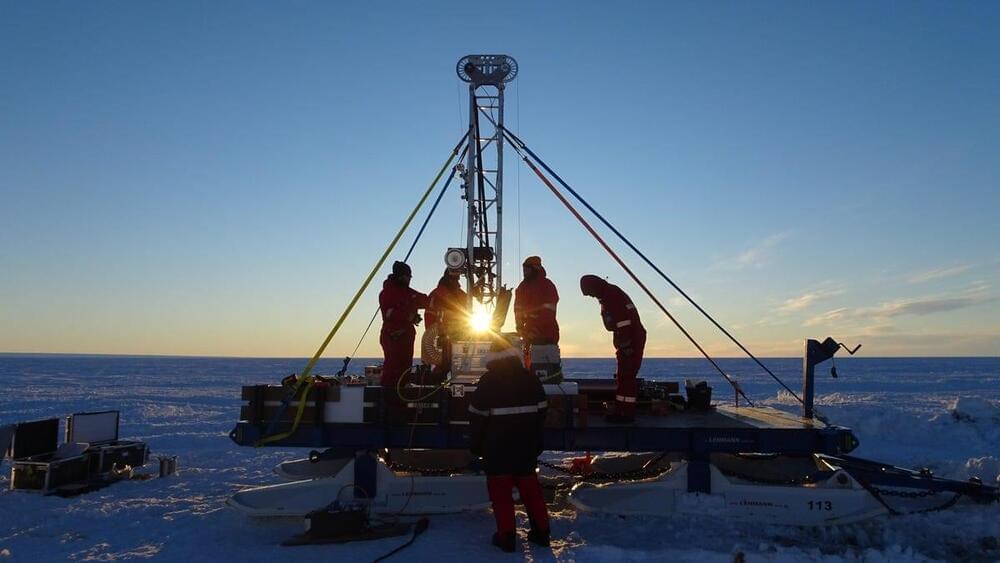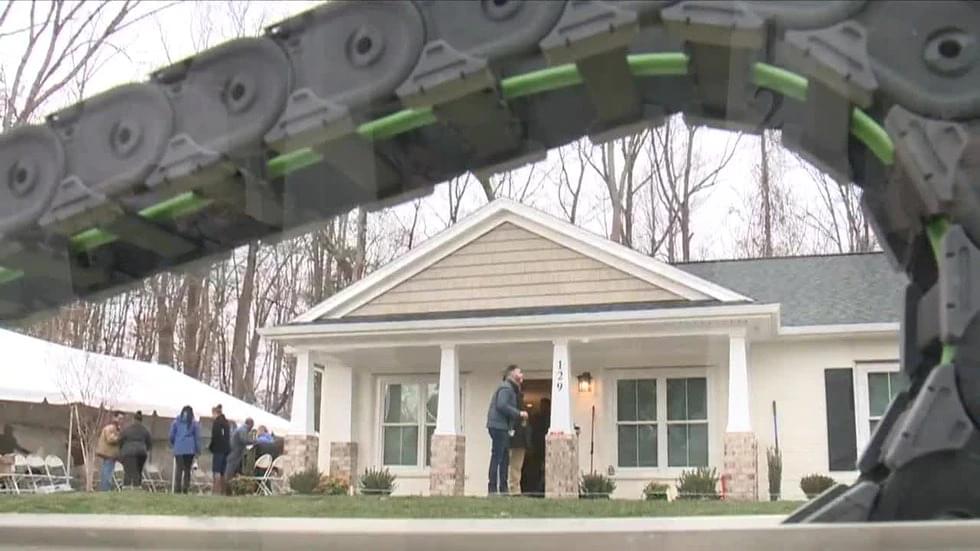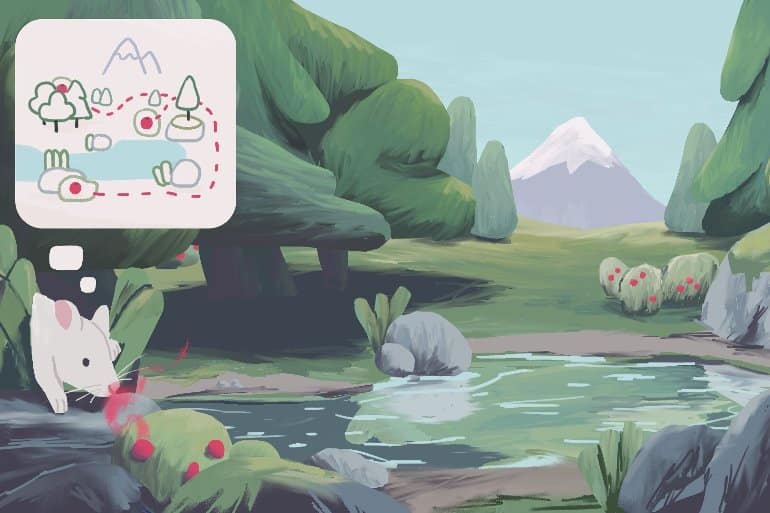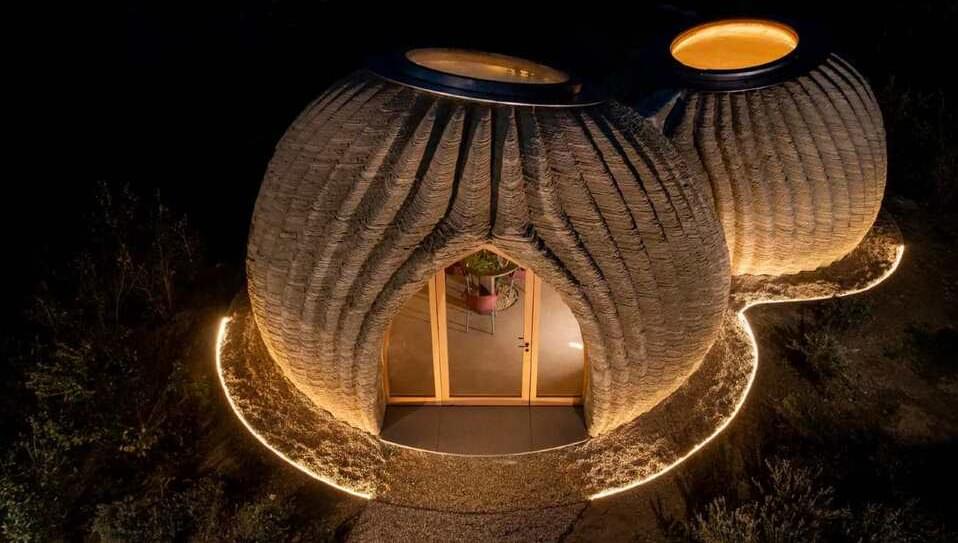“Interstellar Travel and Post-Humans” by Martin Rees is one of the chapters of the book “The Next Step: Exponential Life”.
Astronomers like myself are professionally engaged in thinking about huge expanses of space and time. We view our home planet in a cosmic context. We wonder whether there is life elsewhere in the cosmos. But, more significantly, we are mindful of the immense future that lies ahead—the post-human future where our remote descendants may transcend human limitations—here on Earth but (more probably) far beyond. This is my theme in the present chapter.
The stupendous timespans of the evolutionary past are now part of common culture. But the even longer time-horizons that stretch ahead—though familiar to every astronomer —have not permeated our culture to the same extent. Our Sun is less than half way through its life. It formed 4.5 billion years ago, but it has got six billion more before the fuel runs out. It will then flare up, engulfing the inner planets and vaporizing any life that might still remain on Earth. But even after the Sun’s demise, the expanding universe will continue—perhaps forever—destined to become ever colder, ever emptier.
Any creatures witnessing the Sun’s demise six billion years hence will not be human —they will be as different from us as we are from a bug. Post-human evolution could be as prolonged as the Darwinian evolution that has led to us, and even more wonderful—and will have spread far from Earth, even among the stars. Indeed, this conclusion is strengthened when we realize that future evolution will proceed not on the million-year timescale characteristic of Darwinian selection, but at the much accelerated rate allowed by genetic modification and the advance of machine intelligence (and forced by the drastic environmental pressures that would confront any humans who were to construct habitats beyond the Earth). Natural selection may have slowed: its rigors are tempered in civilized countries. But it will be replaced by “directed” evolution.
